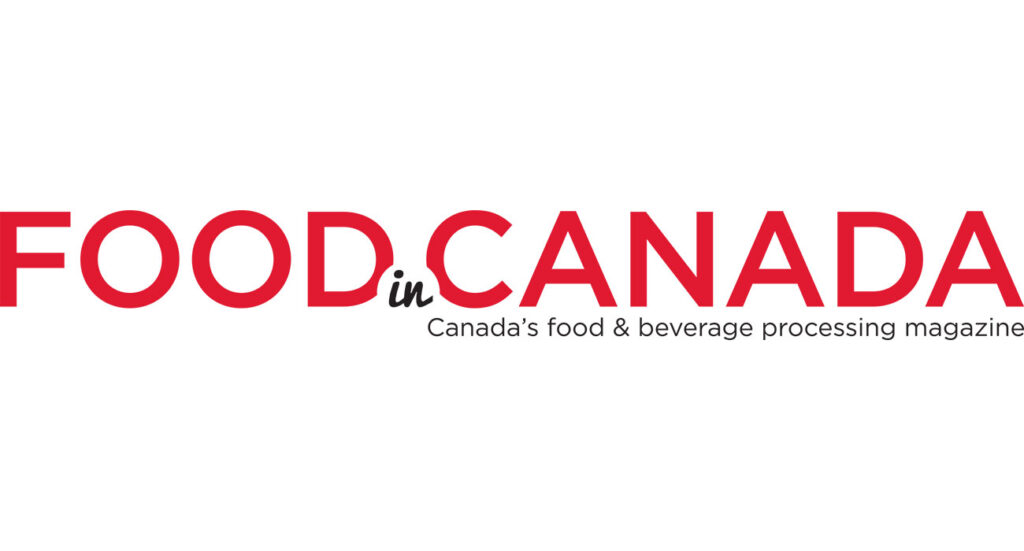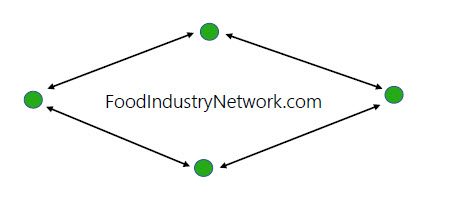Ontario takes steps to eliminate internal trade barriers

Ontario introduces bill to improve trade and labour mobility within Canada.
“For too long, we’ve let red tape and endless regulations hold back our economy, making us vulnerable to external threats, including from President Trump’s tariffs,” said Premier Doug Ford. “Not anymore. The legislation we’re introducing today will make Ontario a national leader when it comes to trade between provinces and territories, so we can strengthen and unify Canada and create new markets and opportunities for Ontario workers and goods.”
The Protect Ontario through Free Trade within Canada Act, if passed, will:
- remove all of Ontario’s party-specific exceptions (PSEs) under the Canadian Free Trade Agreement (CFTA);
- allow certified workers from other provinces and territories to begin working in Ontario immediately while they complete a streamlined registration process.
- enable mutual recognition with reciprocating provinces and territories, so that goods, services and registered workers that are good enough for other parts of Canada are recognized as good enough for sale, use or work in Ontario;
- enable direct-to-consumer alcohol sales with reciprocating provinces and territories so that consumers will be able to purchase alcohol directly from producers across Canada for personal consumption; and
- establish a “Buy Ontario, Buy Canadian” day held annually on the last Friday in June to help consumers support local businesses and workers through programs such as Ontario Made, Ontario Wood, VQA and Foodland Ontario.
Ontario is also launching the new $50 million Ontario Together Trade Fund to help businesses make near-term investments so they can serve more interprovincial customers, develop new markets and re-shore critical supply chains.
As part of this effort, Ontario is signing MoUs with Nova Scotia and New Brunswick that will bolster interprovincial trade. These MoUs will support the reciprocal removal of barriers to trade between Ontario and Nova Scotia and Ontario and New Brunswick by advancing mutual recognition, such that a good, service or registered worker that is acceptable for sale, use or work in one province is acceptable in the other. Ontario will also work with Nova Scotia and with New Brunswick on a framework for direct-to-consumer alcohol (DTC) sales, so that producers have easier access to new market opportunities, and consumers have access to a broader selection of alcoholic beverages.
Ontario is Canada’s largest interprovincial trader. In 2023, two-way trade in goods and services between Ontario and its provincial and territorial counterparts resulted in $326.6 billion in economic activity.
“The “buy Canadian/buy local” sentiment has grown exponentially during the past few months and there has never been a better time for provinces to work together to get more VQA wines into the hands of consumers. The threat of U.S. tariffs has shown the urgency for us to break down interprovincial trade barriers and that we can’t accept the status quo any longer. Our message is simple. Anything that can be done to reduce barriers for VQA wines is long overdue. As a first step, we support consumers’ ability to order Canadian VQA wine directly to their homes – wherever the winery is and wherever they live in Canada,” said Michelle Wasylyshen, president & CEO, Ontario Craft Wineries.
Source: www.foodincanada.com

